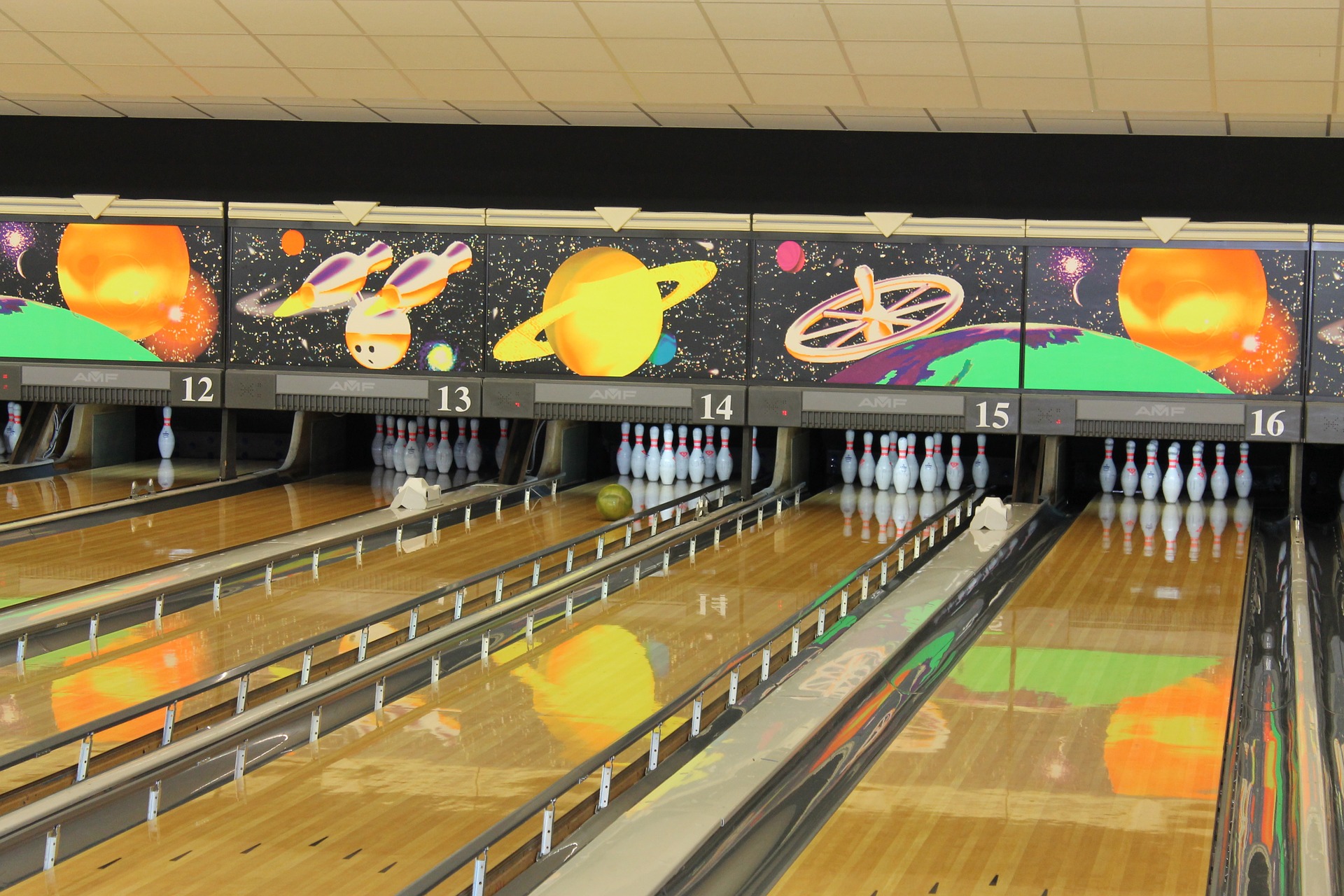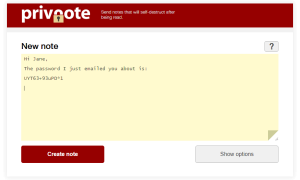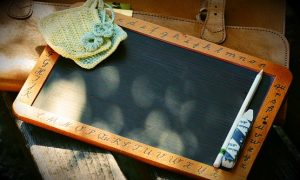Bowling: Tips, Techniques and Timing

Bowling is a sport. There, I said it. It is a game that, while not as physically challenging as other sports, requires balance, accuracy, coordination, and proper technique in order to be successful.
“Who cares about all that?” you my ask. “I just want to have fun.” As if fun does not come with success.

For someone who spent many years in bowling leagues, from youth to adult, I have seen my fair share of bowling styles. Some people have a beautiful, fluid approach and they constantly score high. Others look more like galloping giraffes. When the ball leaves their hand it skids, rather than rolls. Sometimes I want to take them by the shoulders, shake them, and exclaim, “Do you know how goofy you look?”
Well, this article will give some helpful pointers that will actually make your time bowling more enjoyable thanks to learning some solid techniques, vocabulary, and insider information. It is geared toward the person who wants to know more and do more than Moonlight Bowling on Fridays. If anything, you will impress your friends the next time you take to the lanes.
We’ll assume that you already have shoes and a ball picked out from a rack, one that’s not too light or too heavy. Remember, improving at bowling takes time so it is best to start simple before trying to look like the pros. All points will be from the right-hander’s perspective.
Determining your starting point – Technique
Stand at the foul line with your heels just touching the line.
Take four large steps and then half a large step.
Turn around and note where you are on the approach. That will be your starting point. (Taller people will be further from the foul line.)
Use the two sets of dots as guides to remember your starting point. Standing slightly to the right of center is ideal.The Delivery – Balance amp; Coordination
A standard delivery of the ball is called the 4-Step Delivery (profound, I know).
Hold the ball slightly to the right between the waist and the shoulder with the thumb pointing upwards.

The 4-Step Delivery will go right foot, left foot, right foot, left foot-slide.
As you begin stepping with the right foot you should be pushing the ball away from your body.
On the left step the ball should be starting to swing backwards.
By the third step your arm should be all the way back with the ball ready to come forward.
As you make the fourth step the arm is coming forward simultaneously and the ball is released as the left foot is sliding. (Don’t be too concerned if you don’t slide or slide too far. This can be adjusted with time.)
The shoulders should be square to the foul line at the time of release. It is easy to let the shoulder droop, which causes the ball to go off target and lose velocity.
Try to release the ball at the bottom of swing to prevent lofting and the arm up straight with a quick flip.
Hold the finished position for a second or two as the ball is making its way down the alley. This will prevent any last-second shifts that may cause the ball to move off target, much like a jump-shooter keeps his or her arm extended after a shot in basketball.The Target – Accuracy
A bowling lane is approximately 60 feet from the foul line to the head pin and approx. 42 inches across. Each inch is known as a “board.” So, if a right-hander is shooting at (aiming at) the 10th board it means the ball is intended to cross a target on the lane 10 inches away from the lane’s edge. (A helpful picture may be found at http://www.bowling.uklinux.net/bowling/rangefinders.php).
Use the seven arrows on the lane as guides to determine and remember your target.
Generally, a ball off the rack will not hook much, so it is better to roll the ball straight, rather than trying to crank it and twist your wrist every which way.
If you find your ball rolls fairly straight, try shooting over the third arrow. If you notice you have a natural hook (not everyone does), you may want to try throwing between the second and third arrow (about 18 boards from the edge).
The aim is to place the ball between the 1-pin and the 3-pin (1-pin and 2-pin for left-handers). A strike is never guaranteed, even in the pros, because of differing factors. However, the chances are always greater for a strike or a high pin-count if the placement is accurate.As simple as bowling seems, there is an incredible amount of information to learn in order to perfect one’s game. It would be too overwhelming to go into things such as lane conditions, oil patterns, ball drilling, the use of gloves, proper lift, spare shooting, etc. Perhaps some of these can be covered in another article.
You can check out Bowling Advisor to learn about best bowling tips and tricks. You can even check out the latest bowling accessories and bowling ball that are available in the market.

*Stat according to the United States Bowling Congress (www.bowl.com)

































